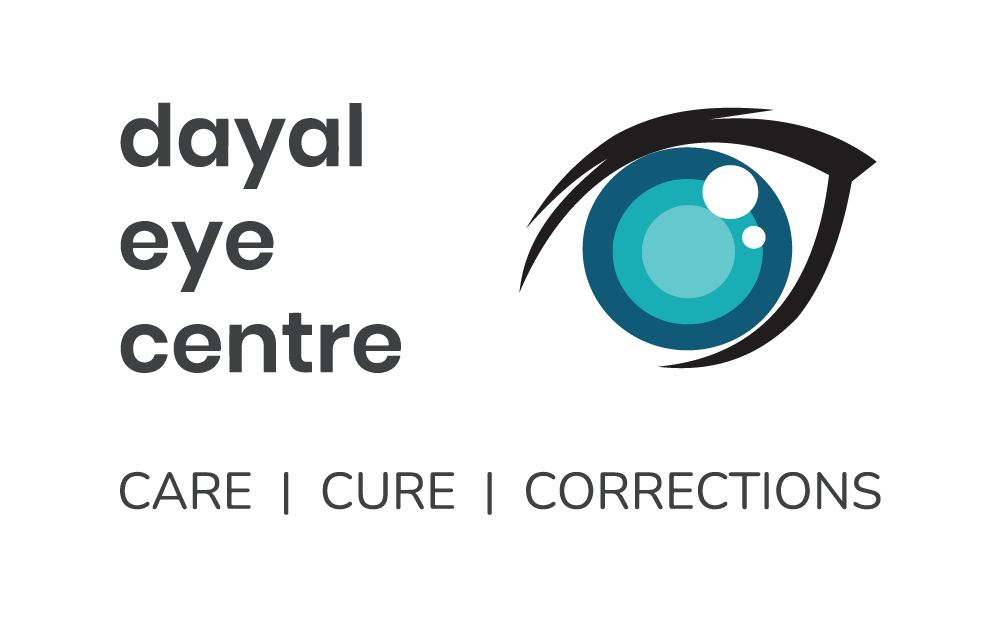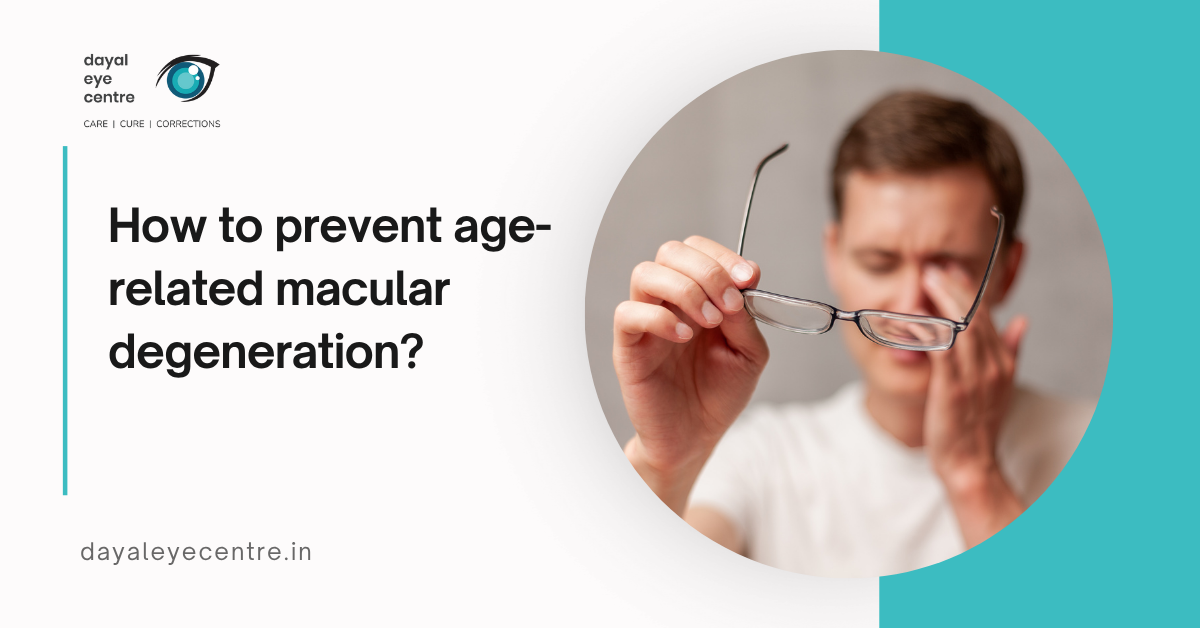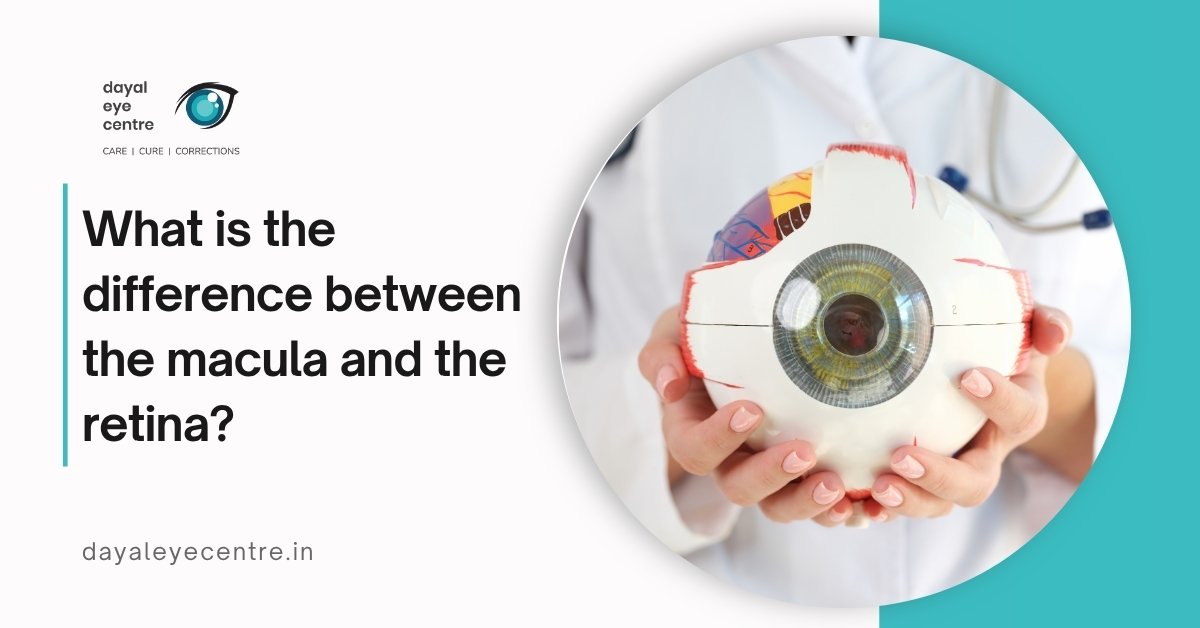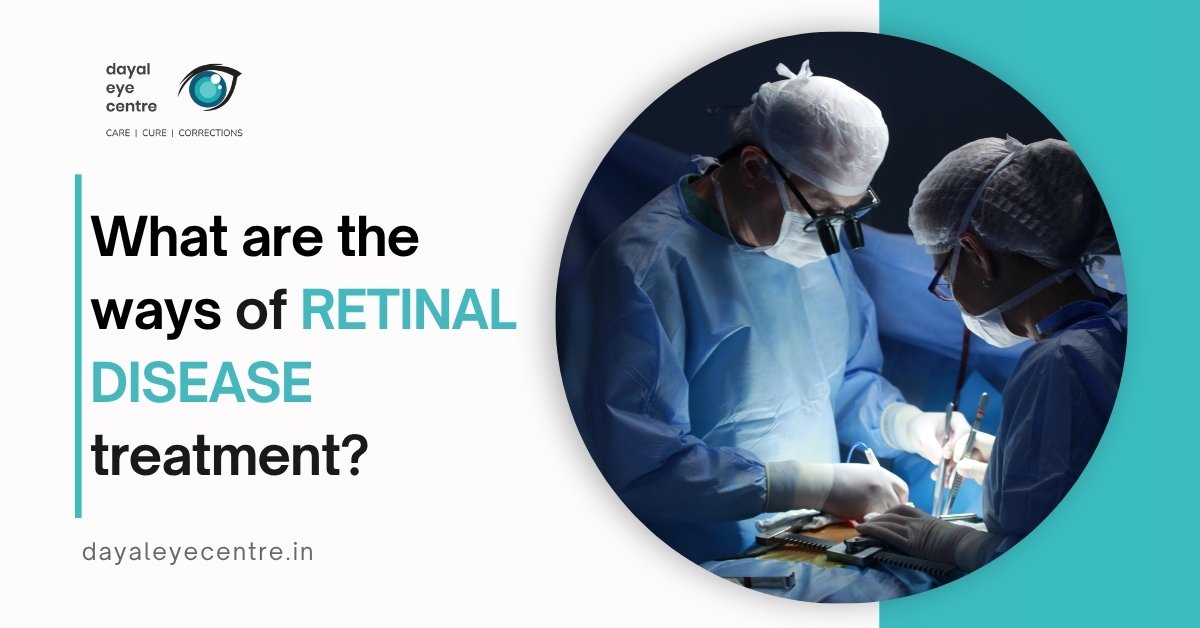Hyperopia, commonly called farsightedness, affects millions of people worldwide. Studies show this condition impacts about 4.6% of children and nearly 30.9% of adults. Unlike conditions that completely impair vision, hyperopia mainly causes difficulty seeing objects up close, while distant vision typically remains clear.
Farsightedness meaning and medical term
Medically known as hyperopia, farsightedness occurs when light entering your eye doesn’t bend properly. The shape of your eye prevents light from focusing directly on your retina, causing it to focus behind the retina instead. This misalignment blurs your vision for nearby objects—like books, smartphones, or computer screens—while objects at a distance of 6 meters (about 20 feet) or more usually remain clear.
Our natural lens helps us see clearly, much like a camera lens. When this focusing system doesn’t work correctly, vision problems develop. The term “hyperopia” comes from Greek words meaning “beyond” and “sight.” Other medical terms include hypermetropia and long-sightedness, though doctors most commonly use hyperopia in clinical settings.
Hyperopia isn’t an eye disease but rather an eye focusing disorder. This distinction matters because diseases typically involve deterioration or infection, while focusing disorders relate to your eye’s structural characteristics. Most people with mild hyperopia may not experience symptoms, especially in childhood, since young eyes can often compensate through a process called accommodation.
How it differs from nearsightedness
Hyperopia (farsightedness) and myopia (nearsightedness) represent opposite refractive conditions. The key difference lies in how light focuses in relation to your retina:
- In hyperopia: Light focuses behind your retina, making close objects appear blurry
- In myopia: Light focuses in front of your retina, causing distant objects to appear blurry
These differences stem from distinct anatomical variations. Farsightedness typically occurs when your eyeball is shorter than normal or when your cornea has insufficient curvature. Conversely, nearsightedness usually results from an eyeball that’s longer than normal or a cornea with too steep a curve.
Despite affecting about 5-10% of people, hyperopia proves harder to detect in standard vision screenings including those conducted in schools compared to myopia. This underscores why comprehensive eye examinations remain essential for proper diagnosis.
What Causes Farsightedness?
The way a camera needs proper lens focus, your eye requires light to focus correctly on your retina. Hyperopia happens when light entering your eye focuses behind the retina instead of directly on it. This mismatch creates the vision challenges farsighted people experience daily. Let’s explore why this happens.
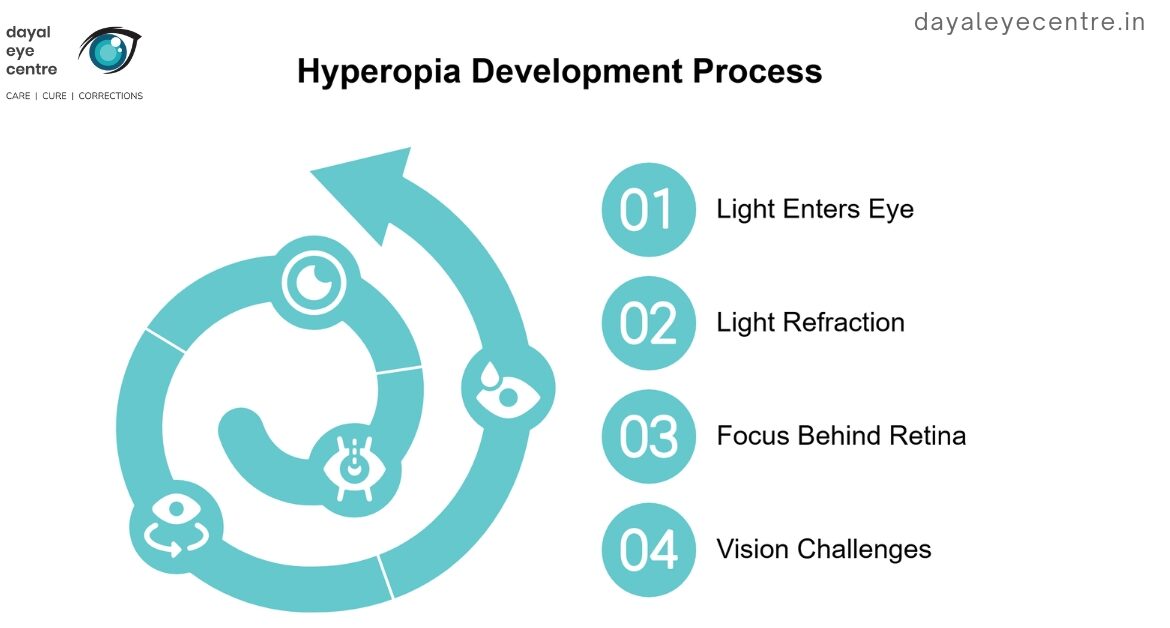
Genetic and hereditary factors
Your family history significantly influences your chance of developing hyperopia. Studies show farsightedness has strong genetic connections, with heritability estimates above 0.50. For some people, this genetic influence rises as high as 0.75, showing how powerfully genes affect this condition.
If your parents have farsightedness, you face higher risks of developing it yourself. This happens through multiple genetic variations, each contributing small effects. These inherited genes directly shape your eye development, particularly affecting your eyeball length.
Most hyperopia cases occur on their own rather than as part of larger genetic syndromes. However, severe farsightedness sometimes appears alongside conditions like Down syndrome, fragile X syndrome, and microphthalmia.
Short eyeball or flat cornea
Like any other part of the body, your eye’s physical structure determines how well it functions. Two main structural factors cause farsightedness:
- Shorter eyeball length – When your eye is shorter than normal from front to back, light cannot focus properly on your retina. Each millimeter of shortening creates approximately 3.00 diopters of refractive change.
- Insufficiently curved cornea – If your cornea (the clear front surface) has less curvature than normal, light doesn’t bend correctly when entering your eye. The average corneal power measures about +43 diopters, but in farsighted people, this can drop significantly—sometimes as low as 37.5 diopters.
Most babies are born with some degree of hyperopia (about 2.00 to 3.00 diopters). Fortunately, as children grow, their eyes typically lengthen toward normal adult dimensions, often naturally resolving mild farsightedness.
Age-related lens changes
Our eyes naturally change as we age, sometimes leading to or worsening farsightedness. The most common age-related vision change, presbyopia, typically begins around age 40.
This happens because your eye’s lens gradually loses flexibility and hardens. These changes affect your ability to focus on nearby objects, causing light to focus behind rather than directly on your retina.
Your eye’s focusing ability (accommodation power) steadily decreases throughout life—from about 20 diopters in childhood to merely 0.5-1 diopter by age 60. Using Hofstetter’s formula, your expected accommodation (in diopters) equals 18.5 − 0.3 × (your age in years).
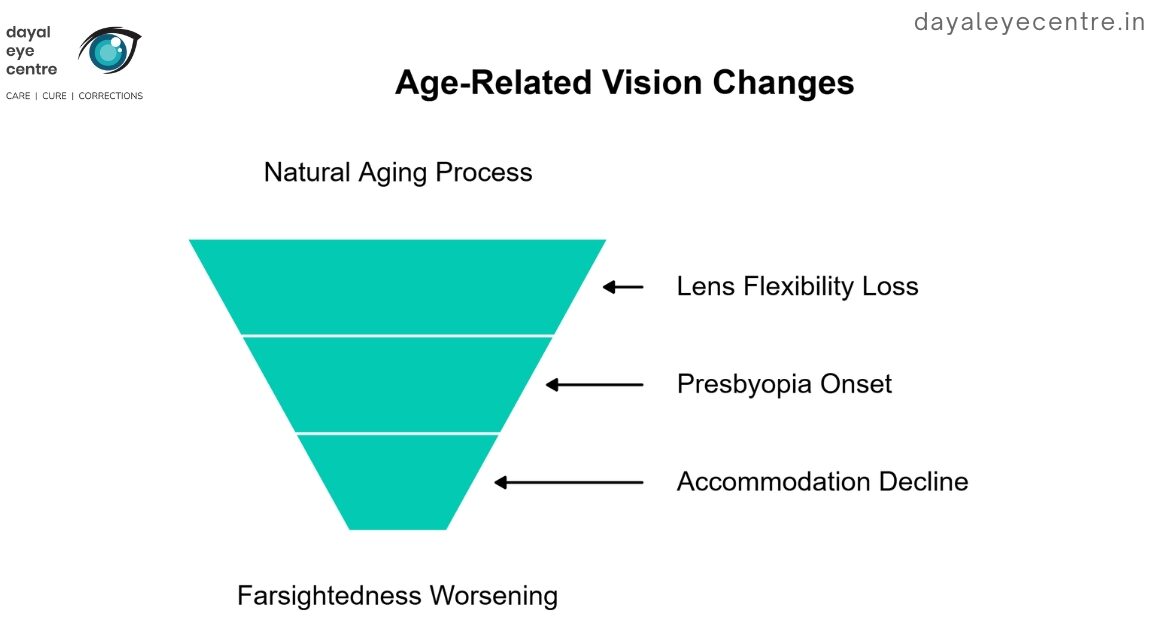
Medical conditions like diabetes
Certain health conditions can trigger or worsen farsightedness. Diabetes, for example, causes temporary vision changes due to fluctuating blood sugar levels.
When your blood glucose rises, your eye’s lens may swell, changing its shape and altering your focus ability. Your vision might blur temporarily until your blood sugar returns to normal range (70-130 mg/dL before meals).
Beyond these temporary effects, diabetes can lead to more serious eye problems through damage to blood vessels and nerves. These include diabetic retinopathy, macular edema, glaucoma, and early cataract formation—all potentially contributing to vision changes, including hyperopia.
Understanding these causes helps explain why farsightedness often appears early in life or develops as we age. Talk with your eye doctor about how these factors might affect your vision, especially if you have diabetes or family history of eye conditions.
Common Symptoms of Hyperopia
Recognizing farsightedness symptoms helps you seek timely treatment. Many people with mild hyperopia might not notice any problems. However, those with moderate to severe cases often experience distinct signs affecting their daily activities.
Blurry vision for nearby objects
The clearest sign of hyperopia is blurred vision when looking at objects close to your face. Unlike nearsightedness, your distance vision typically remains clear. This happens because light entering your eye focuses behind your retina instead of directly on it.
Children with hyperopia might not complain about this symptom. Their young eyes often compensate naturally through accommodation, especially in mild cases. However, moderate to severe hyperopia (4-6 diopters) can significantly impact vision clarity, particularly during childhood development.
Eye strain and fatigue
When you have farsightedness, your eye muscles work overtime to help you see clearly. This extra effort leads to eye strain and various uncomfortable symptoms including:
- Burning sensation in your eyes
- Eye fatigue, especially after reading or computer work
- Irritability after sustained concentration
- Red, itchy, or watery eyes
- General eye discomfort or feeling of tightness
These symptoms typically worsen throughout the day as your eyes continue straining to focus. By evening, many people with hyperopia experience significant visual fatigue after a full day of visual exertion.
Headaches after close work
Headaches represent one of the most common symptoms linked to farsightedness. Studies show between 11.6% and 84% of patients seeking eye care report headaches as a symptom. These headaches typically:
- Develop during or after sustained near vision tasks
- Occur in the frontal region and around the eyes
- Are absent when you wake up but intensify throughout the day
- Worsen with prolonged visual tasks like reading
Interestingly, people with minor hyperopia often experience more headaches than those with severe cases. This seems counterintuitive, yet even small amounts of uncorrected farsightedness can cause significant eye strain and discomfort.
Difficulty reading or using screens
Farsightedness makes reading and screen use particularly challenging. These activities demand sustained near focus—precisely what proves difficult with hyperopia. Children with uncorrected hyperopia often perform worse on early literacy tests, particularly when identifying letters and written words.
Adults frequently report:
- Double vision when reading
- Squinting to see clearly
- Holding reading materials at arm’s length to improve focus
Digital screens create additional challenges, with symptoms collectively called Computer Vision Syndrome including:
- Intermittent blurry vision
- Difficulty maintaining focus on screen content
- Reduced concentration during computer work
- Sensitivity to bright light and screen glare
Without proper correction, these symptoms not only cause discomfort but can lead to avoiding essential visual tasks altogether. Talk with your eye doctor if you experience these symptoms, as proper correction can significantly improve your visual comfort and quality of life.
How Hyperopia is Diagnosed
Detecting farsightedness requires a thorough eye examination using specialized instruments and tests. Your eye doctor employs several diagnostic techniques to determine the exact nature and severity of your hyperopia. Like any other procedure in the body, proper diagnosis forms the foundation for effective treatment.

Eye chart and visual acuity tests
Your diagnosis journey typically begins with visual acuity screening, the standard first step for detecting hyperopia and other vision conditions. The Snellen chart—that familiar poster with rows of increasingly smaller letters—plays a central role in this process. Standing 20 feet away (or using mirrors to simulate this distance), you’ll cover one eye and read the smallest line visible to you, then repeat with the other eye.
This basic test identifies your visual sharpness, represented as a fraction like 20/20. Your doctor might use different charts based on your specific needs:
- Tumbling E charts (with E letters pointing in different directions)
- Allen charts (with pictures for young children)
- HOTV charts (using only these four letters)
Though helpful, standard vision screenings often miss moderate farsightedness. This happens because hyperopic individuals can typically still read distant letters clearly despite having the condition. About 25% of patients with mild to moderate hyperopia pass basic screenings despite needing correction.
Phoropter and retinoscope usage
After the initial eye chart assessment, your doctor uses specialized instruments for precise diagnosis. The phoropter—that mask-like device with multiple lenses—allows your eye care professional to measure your exact prescription by asking which lens combinations provide the clearest vision.
For a more objective measurement, especially helpful with children or patients who can’t provide verbal feedback, doctors use a retinoscope. This handheld device shines light into your eye while the doctor observes the reflection from your retina. The movement of this light reflex indicates your specific refractive error:
- “With” motion suggests hyperopia (requiring plus power)
- “Against” motion indicates myopia (requiring minus power)
Your doctor manually adjusts lenses in front of your eye until finding the exact prescription that neutralizes this movement. The accuracy of these tests reaches 95% in determining the correct prescription needed.
Eye exams for children and adults
Children and adults require somewhat different approaches for hyperopia diagnosis. For young children, eye doctors generally:
- Use cycloplegic drops to temporarily prevent accommodation
- Rely more heavily on retinoscopy rather than subjective feedback
- Screen earlier, as hyperopia affects approximately 13 percent of children ages 6-17
Adult examinations typically include:
- Refraction assessment (with or without dilation)
- Slit-lamp examination to assess eye structures
- Measurement of how eyes work together
Talk with your eye doctor about which tests you need. These exams collectively provide a complete picture of your visual health and determine the precise prescription needed to correct your farsightedness. Regular comprehensive exams help catch vision changes early, particularly since hyperopia can worsen with age.
Treatment Options for Farsightedness
Treating farsightedness offers several options based on your specific needs, lifestyle, and condition severity. From simple eyeglasses to advanced surgical procedures, modern eye care provides multiple solutions to correct hyperopia and improve your vision clarity.
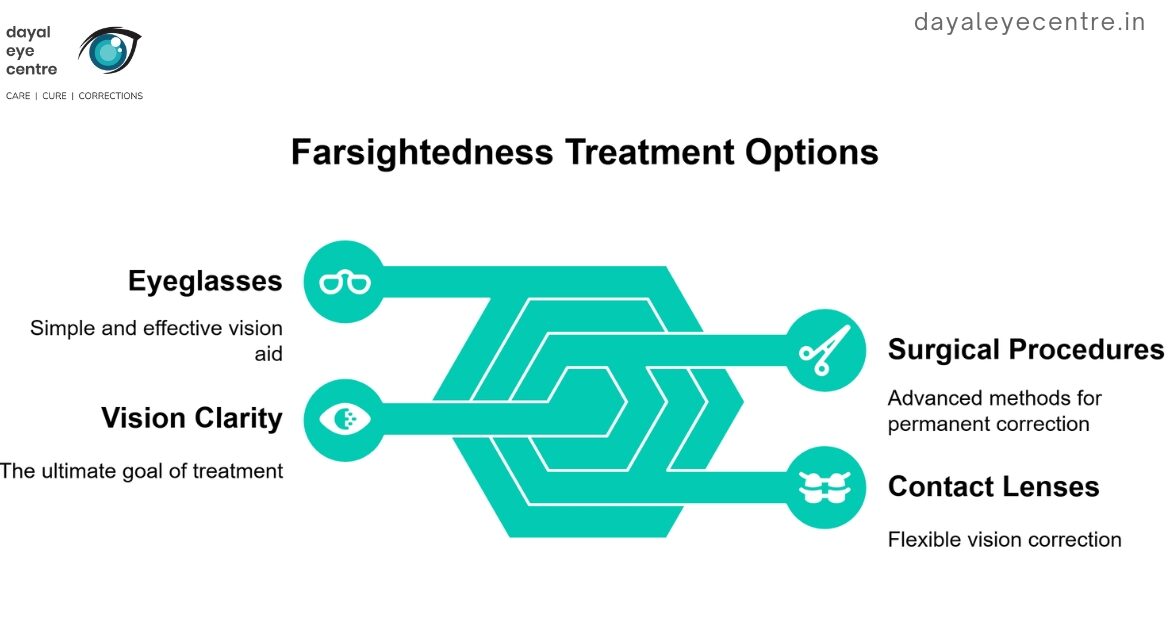
Eyeglasses and lens types
Eyeglasses provide the simplest, safest way to correct farsightedness. They use convex lenses—thicker in the center—to properly focus light on your retina. These lenses change how light bends when entering your eye, addressing the fundamental problem in hyperopia.
Most people with mild hyperopia need glasses only for close-up activities like reading, while those with moderate to severe cases might require full-time wear. Your specific prescription directly reflects how much correction you need.
Several lens options exist for hyperopia correction:
- Standard plastic (CR-39): Works well for mild prescriptions around +1.00, offering clear vision at lower cost
- Polycarbonate lenses: Better for moderate prescriptions (+2.00 to +3.00), providing improved impact resistance
- High-index lenses: Recommended for stronger prescriptions (+4.00 or higher), reducing the “bug-eyed” appearance that thicker lenses can create
Additionally, anti-reflective coatings can enhance both appearance and visual clarity by reducing glare, particularly helpful for night driving and computer use.
Contact lenses: pros and cons
Contact lenses offer an alternative that works similarly to eyeglasses but sit directly on your eye. Soft contacts remain most common, with brands available in prescriptions up to +6.00 or +8.00. For severe hyperopia or those with astigmatism, rigid gas-permeable lenses might provide sharper vision.
The good news? Contacts offer several advantages:
- More natural vision as they move with your eye
- No fogging in humid conditions
- Unobstructed peripheral vision
- Convenience during physical activities
- Better esthetic appearance without frames
Like any other procedure in the body, contact lens wear requires proper care and attention. Contacts need significant maintenance with cleaning solutions and proper hygiene. This upkeep proves crucial since improper care can lead to serious eye infections. Daily disposable lenses minimize these concerns but at higher cost. Contacts may also cause irritation for those with sensitive eyes or dry eye conditions.
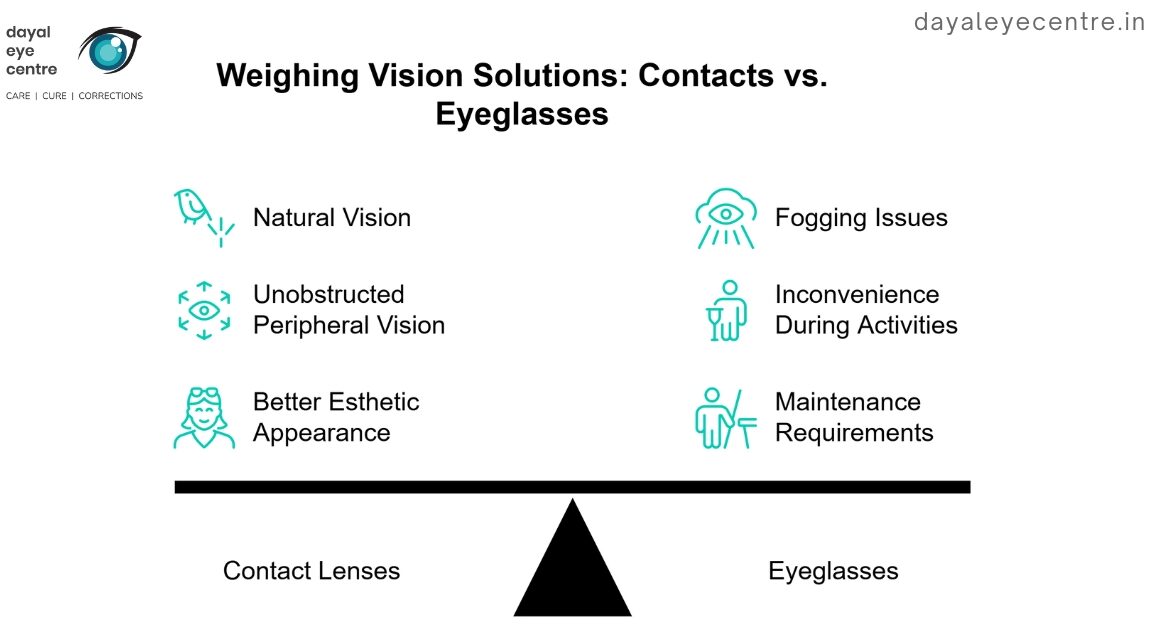
LASIK and other surgical procedures
Surgical correction offers a more permanent solution for hyperopia. LASIK (Laser-Assisted In Situ Keratomileusis) remains the most common procedure, reshaping your cornea by creating a thin flap and using a laser to adjust its curvature. Studies show 90% of patients achieve 20/20 vision or better after LASIK surgery.
Other surgical options include:
- PRK/LASEK: Similar to LASIK but performed directly on the corneal surface
- SMILE: A newer technique using a laser to create and remove a lens-shaped bit of tissue
- Refractive Lens Exchange (RLE): Replaces your natural lens with an artificial one, particularly beneficial for severe hyperopia
These procedures carry potential risks including dry eyes, glare, halos, and rarely, vision loss. Success rates vary based on your degree of farsightedness, with mild to moderate cases showing more predictable outcomes.
Orthokeratology and non-surgical options
Orthokeratology (ortho-k) provides a temporary, non-surgical alternative where specially designed rigid contact lenses reshape your cornea overnight. Upon removing these lenses in the morning, you can see clearly throughout the day without corrective eyewear.
This reversible approach works effectively for mild to moderate hyperopia. The corneal reshaping isn’t permanent—if you stop wearing the retainer lenses, your cornea gradually returns to its original shape. Ortho-k typically costs between $1,000 and $4,000 initially, plus ongoing maintenance expenses.
Vision therapy exercises might help strengthen eye muscles and improve focusing ability, though they work best as a complementary approach rather than a standalone treatment.
Talk with your eye doctor about which option best suits your lifestyle and vision needs. The right treatment depends on your prescription strength, eye health, budget, and personal preferences.
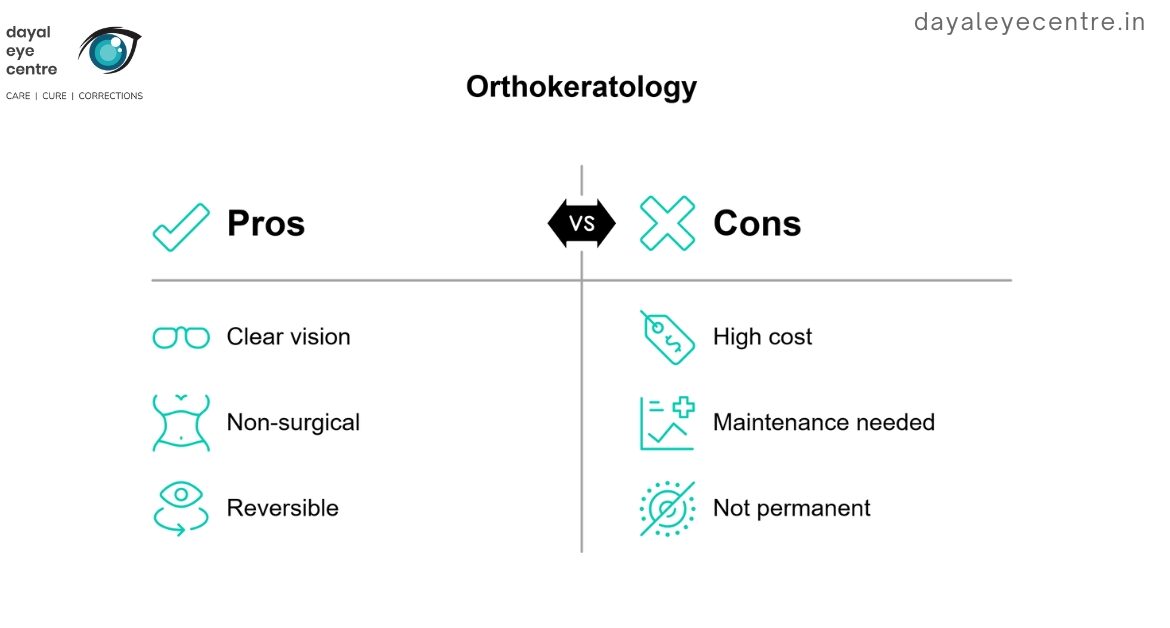
Conclusion
Hyperopia affects nearly 25% of the population, yet many remain unaware—especially children, whose developing eyes often compensate for mild cases. Regular comprehensive eye exams help detect it early, preventing learning delays and vision discomfort.
Discuss treatment options with your eye doctor. Glasses are simple and effective; contact lenses offer more freedom but need care. Surgical options like LASIK can provide 20/20 vision for most but carry risks. Orthokeratology offers a reversible, non-surgical alternative.
Knowing the cause—genetics, eye structure, aging, or medical conditions—helps guide your choices. Watch for signs like headaches or eye strain after close work. Early attention prevents daily disruption.
Hyperopia is manageable. With proper diagnosis and care, you can maintain clear, comfortable vision and protect your quality of life.
FAQs
What are the primary causes of hyperopia (farsightedness)?
Hyperopia is primarily caused by a shorter than normal eyeball or a flatter cornea. Genetic factors also play a significant role, with family history increasing the risk. Age-related changes in lens flexibility and certain medical conditions like diabetes can contribute to or worsen farsightedness.
How does hyperopia differ from myopia (nearsightedness)?
In hyperopia, light focuses behind the retina, making nearby objects appear blurry while distant vision remains clear. Conversely, myopia causes light to focus in front of the retina, resulting in clear near vision but blurry distant vision. These conditions stem from different anatomical variations in eye shape and corneal curvature.
What are the common symptoms of farsightedness?
Common symptoms include blurry vision for nearby objects, eye strain and fatigue, headaches after close work, and difficulty reading or using screens. Many people with hyperopia may experience burning sensations in the eyes, red or watery eyes, and general eye discomfort, especially after sustained visual tasks.
How is hyperopia diagnosed?
Hyperopia is diagnosed through comprehensive eye exams that include visual acuity tests using eye charts, refraction assessments with a phoropter, and objective measurements using a retinoscope. For children, cycloplegic drops may be used to temporarily prevent accommodation for more accurate diagnosis.
What treatment options are available for farsightedness?
Treatment options for hyperopia include eyeglasses with convex lenses, contact lenses, and surgical procedures like LASIK. Non-surgical alternatives such as orthokeratology, where specially designed contact lenses are worn overnight to reshape the cornea, are also available. The choice of treatment depends on the severity of the condition and individual preferences.
Author

Dr. Sanjeev Bisla is an expert eye specialist in Gurgaon. With more than two decades of experience, he is the director and chief ophthalmologist of Dayal Eye Centre.
View all posts
